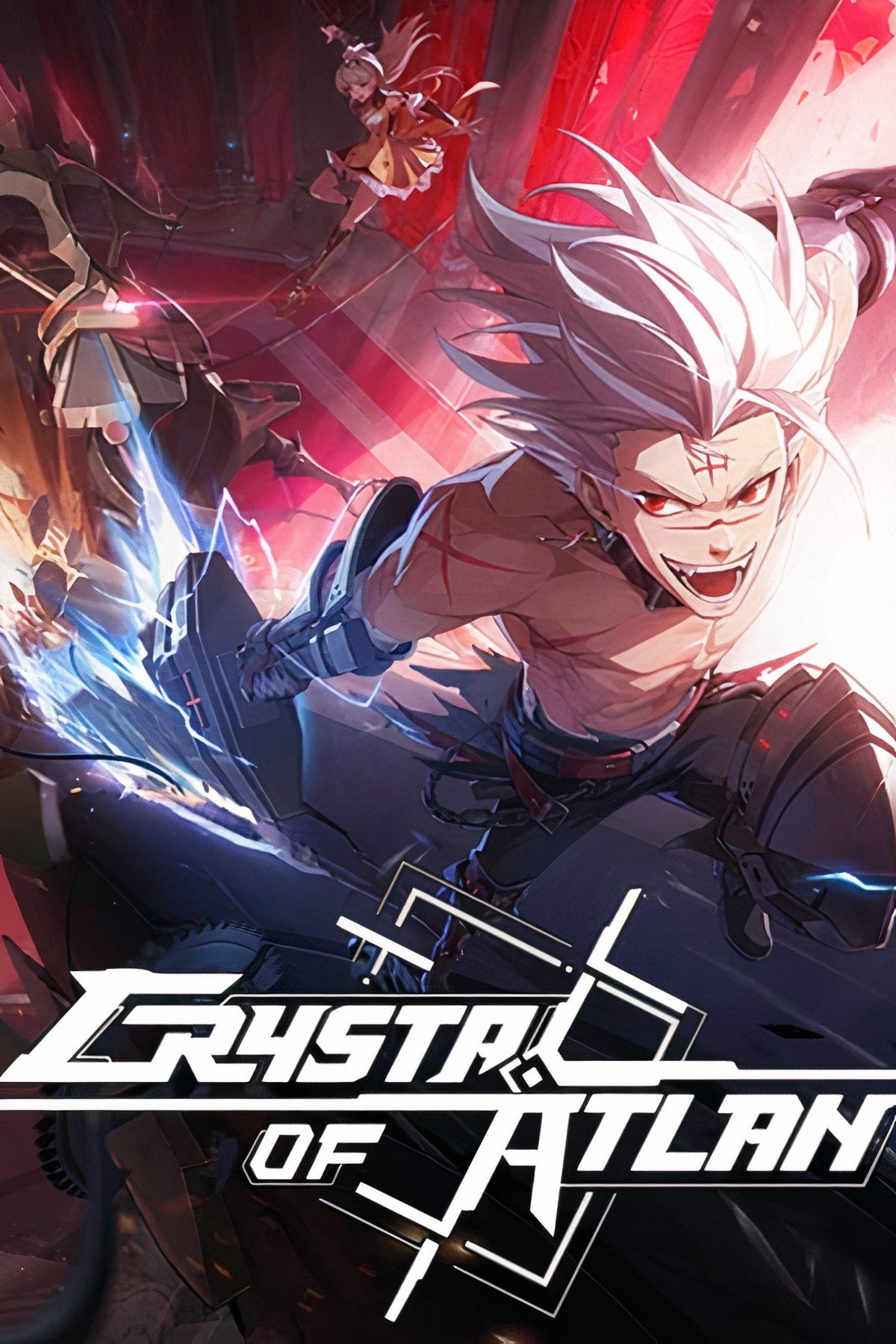Crystal of Atlan launched across PlayStation 5, PC, iOS, and Android on May 28, 2025, entering an already crowded field of mobile and cross-platform MMORPGs. Its “magicpunk” aesthetic and flashy combat systems draw attention, but its true identity lies under the surface. The game rewards players who understand its resource systems, class structure, and daily routines—often without explaining any of it clearly.
With cross-platform play between PC and mobile, and PS5 players limited to their own ecosystem, it offers accessibility for a wide audience. However, success in Crystal of Atlan depends more on careful management than on raw skill. Those unfamiliar with the game’s stamina systems, gear upgrade mechanics, and progression pacing may quickly fall behind.
Related
Crystal of Atlan: How to Play Fighter
The Fighter class is suitable for those who love to use hand-to-hand combat to launch fast-hitting combos in Crystal of Atlan.
Pay-to-Win Culture Shapes Crystal of Atlan
Monetization plays a significant role in Crystal of Atlan, and understanding how it affects progression can help players set realistic expectations. The game offers premium options such as gacha chests and paid upgrades that allow players to advance faster or obtain rare materials more easily. These systems appear in many modern MMORPGs and are designed to reward investment while maintaining a baseline experience for everyone.
For example, enhancing a weapon from +15 to +18 can cost more than 100 million gold. This represents a major commitment, whether the resources are earned over time or acquired more quickly through purchases. Players who choose to spend money may reach milestones faster, especially in competitive modes like PvP or timed dungeons.
Free-to-play players can still progress through most content. It may take longer, but it is possible with consistent play. Crystal of Atlan classes like Elementalist are considered accessible due to strong core abilities and limited dependence on rare enhancements. Magician is another popular choice, offering reliable performance across both PvE and PvP modes. While paid advantages exist, the core experience still offers plenty of opportunities to enjoy combat, explore new regions, and develop multiple characters.
Warlock offers some of the highest damage potential in the game but requires tight management of cooldowns and resources.
Stamina Systems Define Daily Player Limits
Stamina management is a core part of Crystal of Atlan, which may be unsurprising as some equivalent of stamina is common in many open-world games and MMORPGs. There are two types of stamina: one for activities like cooking, gathering, and exploration, and another used for dungeons and story content. The game does not clearly explain this distinction, so it is easy to confuse the two early on.
Every character has 1000 stamina that regenerates daily at reset. Once stamina is depleted, that character is largely limited to non-stamina activities. This is where alternate characters become essential. By leveling alts and managing their stamina separately, players can keep progressing even when one is spent, similar to how stamina use is strategically explored in Genshin Impact.
Some stamina types are mode-specific. For example, green energy is used for dungeons that require tickets, while orange energy is used to farm items like insignias. Choosing the right activity for the right stamina pool helps maximize rewards and avoid wasting limited resources.
To view a character’s stamina, players must click on the profile icon in the top left of the screen. The default energy display shows account energy, not stamina.
When stamina runs out, the game still offers daily events, PvP matches, and exploration zones that provide valuable materials and achievements. These systems help prevent burnout by placing natural limits on grind-heavy tasks, while still giving players something to do, much like with Final Fantasy 14’s Gathering classes.
Alt Characters Are Required in Crystal of Atlan
Progression in Crystal of Atlan is not sustainable with a single character. The game encourages the use of alternate characters to bypass stamina limits, craft more materials, and farm additional resources. Alts are not optional; they are necessary for players who want to remain competitive.
Branch classes (like that of Puppeteer) unlock at level 15, which gives players an early goal. Story mode is the best way to reach that point, and it also functions as a tutorial for major mechanics. The narrative helps introduce class skills, stamina systems, and crafting, even if the UI does not make those lessons obvious.
Guilds provide another layer of support. Being in an active guild can lead to more efficient farming, coordinated events, and even stat bonuses. Players are encouraged to join one early and remain active to benefit from shared progression features.
While free-to-play players may face longer grind times, having multiple characters and staying active in a guild can make most of Crystal of Atlan’s content accessible. Success often comes down to free-to-play MMO progression strategies, with players managing daily limits and choosing when to invest resources effectively.

Crystal of Atlan


- Developer(s)
-
Nuverse
- Publisher(s)
-
Nuverse
- Engine
-
Unreal Engine 4




![Ultimate Azure Latch Controls Guide [REWORKS UPDATE: 2] Ultimate Azure Latch Controls Guide [REWORKS UPDATE: 2]](https://i3.wp.com/www.destructoid.com/wp-content/uploads/2025/03/ultimate-azure-latch-controls-guide.png?w=360&resize=360,270&ssl=1)


![Farthest Frontier [RUNE] – MaxBit Farthest Frontier [RUNE] – MaxBit](https://i2.wp.com/gamepcfull.com/wp-content/uploads/2024/04/Free-download-Farthest-Frontier-gamepcfull.jpg?w=100&resize=100,100&ssl=1)
